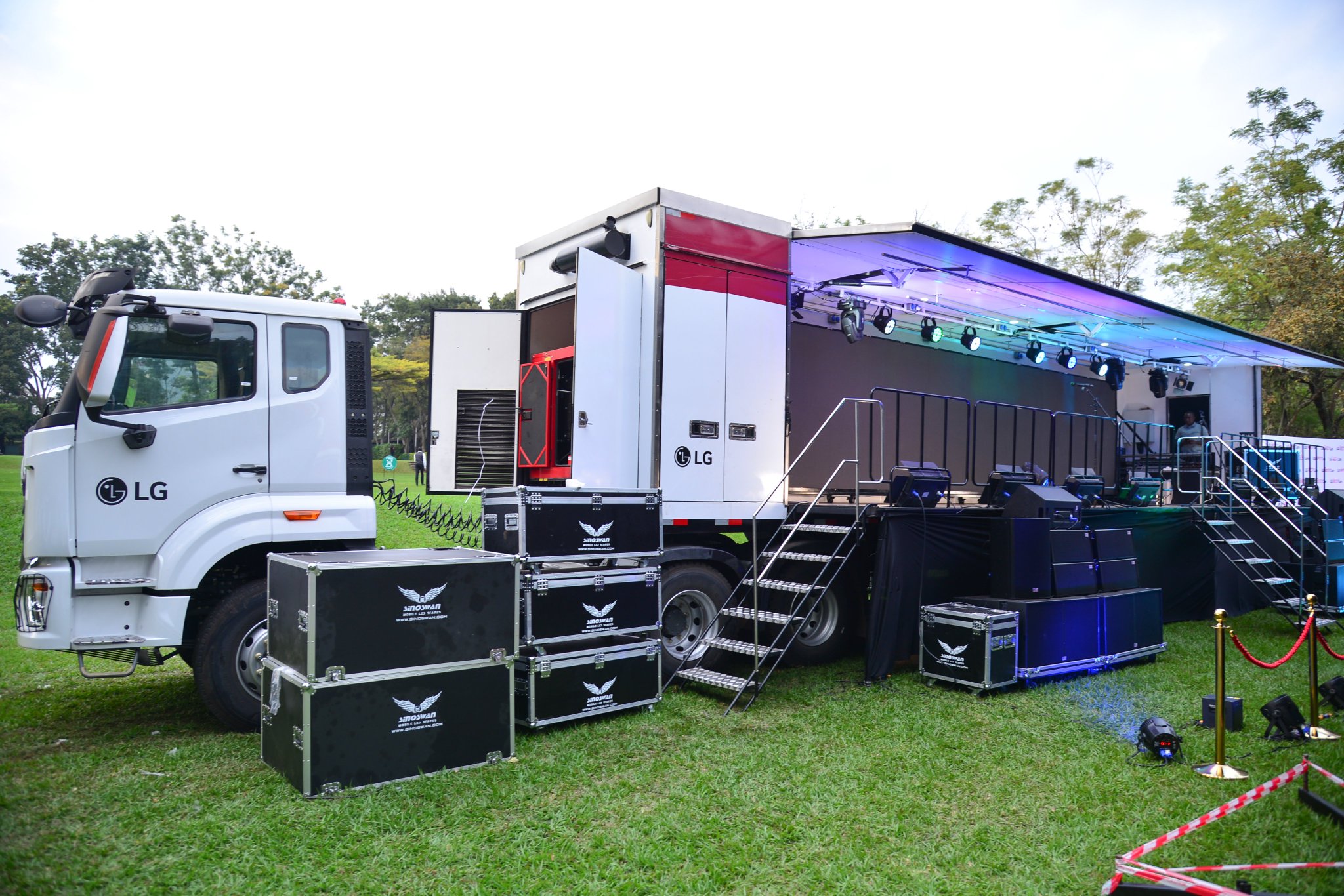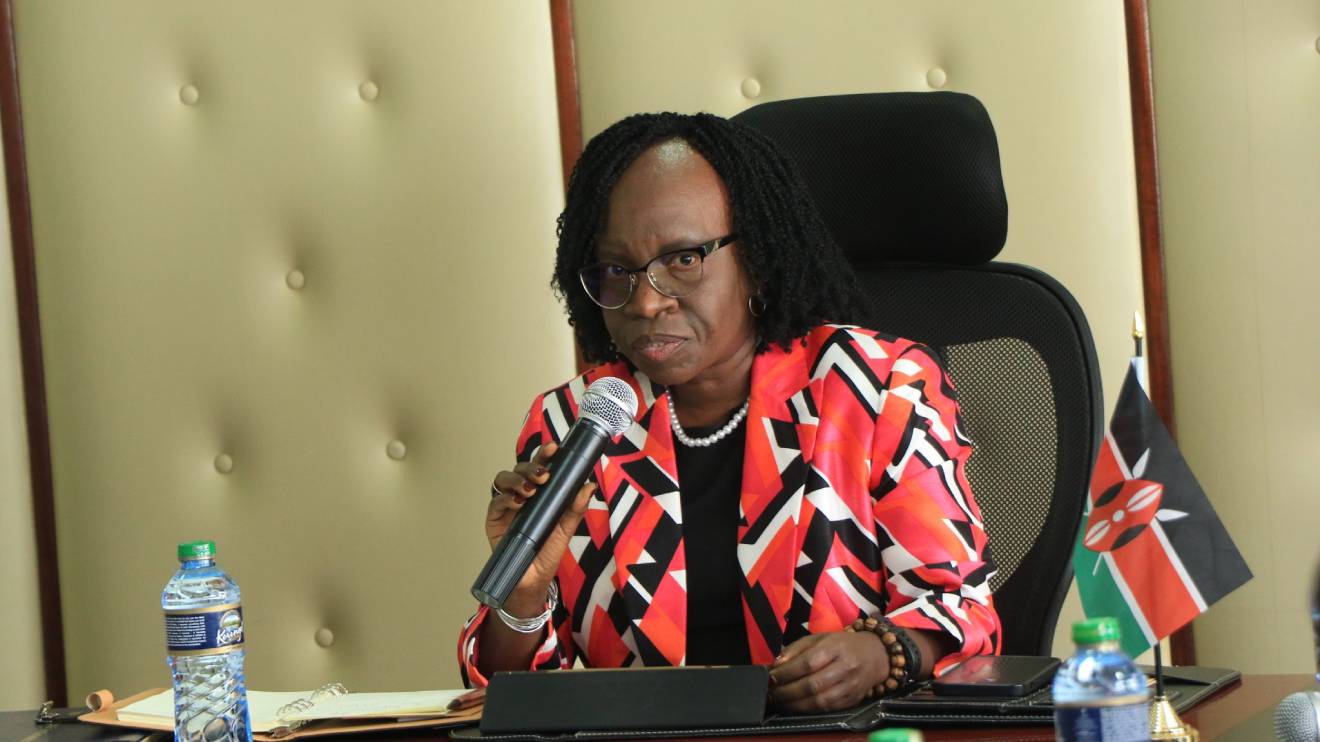Kenya’s second-largest telco Airtel Kenya, has launched its eSIM service.
This embedded SIM is a digital, non-tangible SIM that will enable Airtel Kenya customers to access the same functionality in the same way as one with a physical SIM.
“Today we are happy to launch eSIM (embedded SIM), a digital SIM that enables customers to access the same functionality as someone using a physical SIM,” Airtel Kenya said.
Airtel Kenya said the e-SIM will favour frequent travellers because it offers convenience for subscribers who often switch between different mobile service providers.
“You no longer need to fear damaging or losing your SIM card, and if you are a frequent traveller, you will find the eSIM very convenient for switching network operators much easily,” Airtel said.
Read More
While launching the e-SIM, Airtel Africa CEO Segun Ogunsanya said their introduction of the digital SIM service places them ahead of the innovation curve while championing technological advancement as they offer convenience and flexibility to their customers.
“With the introduction of e-SIM in Kenya, Airtel continues to stay ahead of the curve where innovation is concerned about giving customers much convenience and flexibility while championing technological advancement and creating innovative platforms and opportunities that will make life simple,” Ogunsanya said.
Managing Director Airtel Ashish Malhotra expressed the company’s confidence that many customers will subscribe to the e-SIM service.
Malhotra said noted customers usually reward digital convenience and pledged Airtel’s continued digital transformation for the benefit of their customers.
“Mobile users reward digital convenience therefore as a business we shall continue enabling digital transformation to deliver the full customer experience,” he said.
Airtel Kenya becomes the second mobile service provider to offer digital SIM behind its major competitor, Safaricom, which launched the service in 2019.
However, the uptake of the e-SIM has not been as promising as it was expected and one reason for the poor registration could be the fact that it requires high-performance devices.












